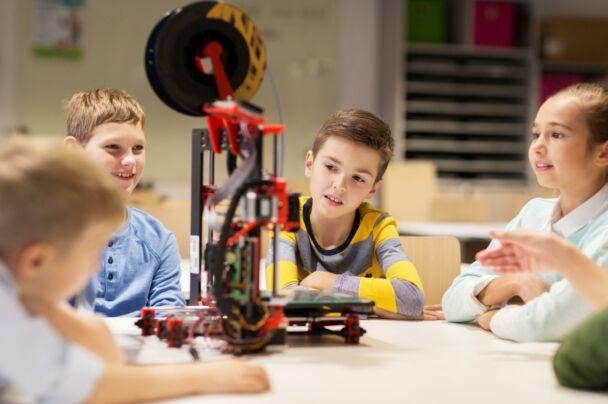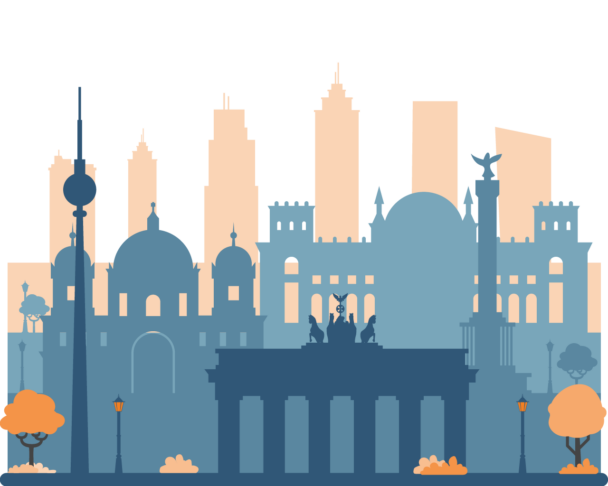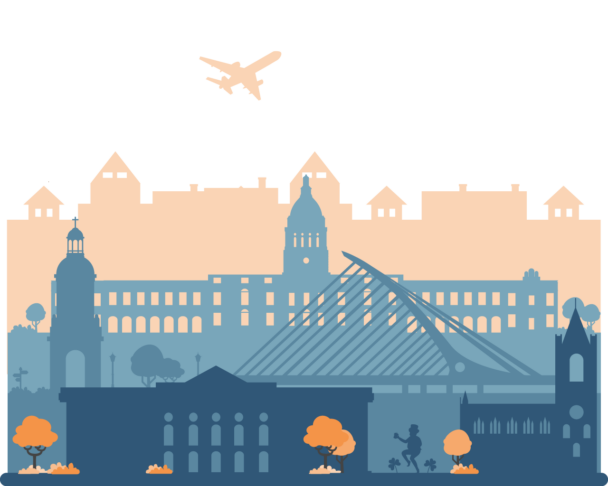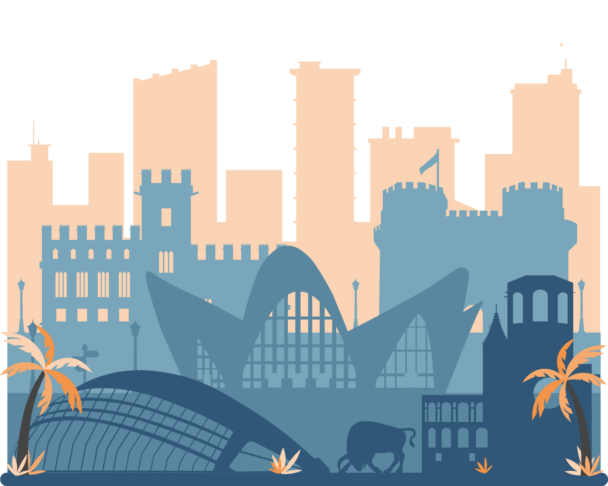Description
Advanced Computer Proficiency required. Read more »
Advanced computer proficiency courses are designed for individuals who have a solid foundation in computer skills. Participants will further enhance their knowledge and abilities by exploring advanced concepts and tools, such as programming languages or 3d printing.
Contemporary education is increasing its focus on environmental issues such as the overconsumption of natural resources, climate changes, and global warming. If humanity has a chance to survive the global ecological crisis, raising awareness of these critical challenges among the youngest generations is mandatory.
Accordingly, school teachers are required to promote the value of environmental sustainability. But how to do it effectively while nurturing students’ attention and curiosity?
This course proposes a learning approach based on the 3D-Printing Maker Culture as a precious strategy to answer the question.
On the one hand, the movement Maker Culture promotes the value of building, modifying, or repairing things by oneself without the direct aid of professionals or certified experts, and emphasizes active and social learning. Promoters of Maker Culture practice informal, networked, peer-led, and shared learning motivated by fun and self-fulfillment.
On the other hand, 3D printers allow designing, prototyping, and creating small three-dimensional objects directly at home. Exploited within the Maker Culture movement, they enable the crafting of small components to replace damaged or missing parts in otherwise wrecked objects. Thus, 3D printing becomes an effective way to recycle broken objects and prevent waste.
This course will introduce participants to the use of 3D printers within the Maker Culture in order to promote environmental sustainability at schools.
Constructive discussion in the course will help participants gain consciousness about the Culture of Repair, Zero-Waste Life, and the Maker Movement. Participants will also meet the world of 3D Modeling and Printing, and get inspired by a fruitful visit to the Maker Garage.
Finally, they will be brought to reflect on how to use digital tools and 3D printing in their classroom to introduce the Maker Culture and its function in facing the environmental crisis. By the end of this course, participants will be familiar with the Maker Culture and Maker spaces.
Moreover, they will be able to know the basic principles of 3D Modeling and Printing. They will also be comfortable using 3D printers and implementing this technology in their lessons. Most of all, by having acquired a “repair mindset,” they will be ready to instill it in their students and become the promoters of a change-maker community.
Requirements
Suggested computer proficiency: Advanced
What is included
Learning outcomes
The course will help the participants to:
- Identify the sense of “Maker Movement and Culture of Repair”;
- Gain a “repair mindset”;
- Get familiar with the 3D Modeling websites;
- Experience prototyping a 3D production;
- Recognize the 3D Printers and how they work;
- Generate a lesson enriched with 3D Modeling and Printing;
- Utilize the designs while explaining “Spatial relationships” in classrooms;
- Enrich their lessons with the new technology.
- Bolster digital engagement at school;
- Build design thinking in their classes.
Tentative schedule
Day 1 – Course introduction: The Maker Movement and the Culture of Repair
- Introduction to the course, the school, and the external week activities;
- Icebreaker and warm-up activities;
- Presentations of the participants’ schools;
- Discussion on trending environmental (e.g., climate change, overconsumption, natural disasters);
- The solution proposed by the Maker Movement: examples from all over the world.
Day 2 – 3D Modeling in Education
- Learning how to design 3D objects;
- Experiencing 3D designing on different platforms;
- Introduction to 3D Printers: Basic principles and how they work in detail.
Day 3 – 3D Printing in Education
- Discussing the areas to use 3D Modeling and printing in education;
- Demonstrating examples from all over the world;
- Examining sample lessons/curricula in detail;
- Planning lessons and activities in accordance with the Maker Spirit and 3D design (continued).
Day 4 – Real 3D Printing Experience
- Planning lessons and activities in accordance with the Maker Spirit and 3D design;
- Experiencing 3D Printing individually/ as groups;
- Printing the objects embedded in their plans;
- Discussions and reflections on the day.
Day 5 – Presentations & Maker Garage!
- Presenting lesson/activity designs to the group;
- Giving constructive feedback to each other;
- Brainstorming on how to create a Maker Space at school;
- Visiting the Maker Garage to feel the Maker Spirit and get inspired.
Day 6 – Course closure & cultural activities
- Course evaluation: round-up of acquired competencies, feedback, and discussion;
- Awarding of the course Certificate of Attendance;
- Excursion and other external cultural activities.








